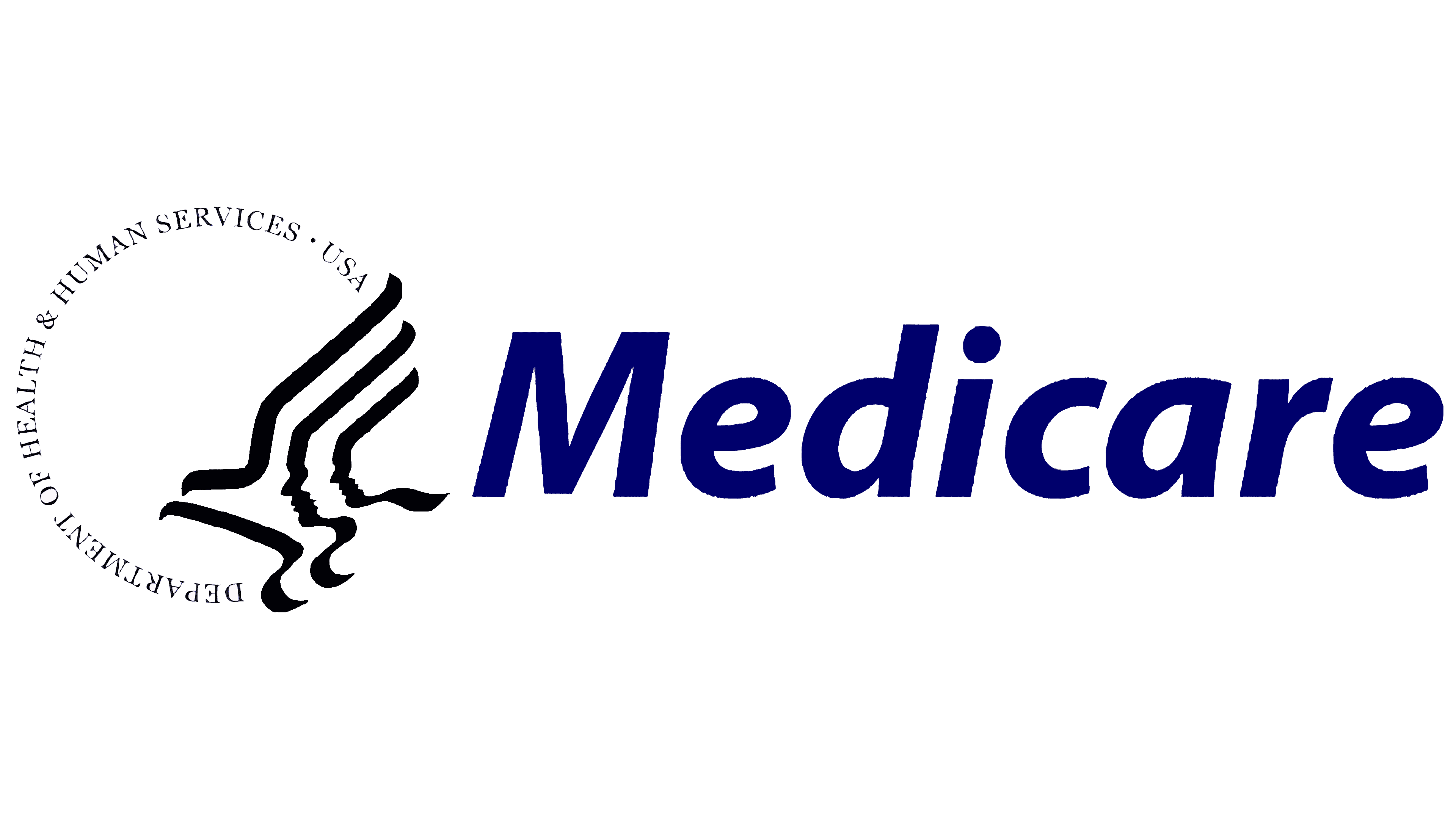Apr 27
2023
What Do Medicare Parts A, B, C, D Mean?

Medicare is a federal health insurance program in the United States that provides coverage to people 65 or older and some younger people with specific disabilities. The program is divided into several parts, covering different medical services and expenses. Medicare was first introduced in 1965 as Part of President Lyndon B. Johnson’s Great Society program and has since become an essential safety net for millions of Americans. However, navigating the different parts of Medicare and understanding its eligibility requirements and costs can be complex and daunting. This article will explore the meaning and coverage of Medicare Parts A, B, C, D, as well as eligibility, enrollment, and costs.
- Medicare Part A
Medicare Part A or hospital insurance, covers inpatient hospital care, skilled nursing facilities, hospice care, and some home health care services. It is typically accessible to those who have paid Medicare taxes for at least ten years while working. Part A covers hospital stays of up to 90 days, with additional coverage for up to 60 “lifetime reserve days” beyond that. It also covers skilled nursing facilities for up to 100 days after a qualifying hospital stay. Hospice care is covered for those with a life span of six months or less, and some home health care services are covered for those who are homebound and need skilled nursing or therapy services. There are deductibles and coinsurance costs associated with Part A, depending on the length of the hospital stay.
